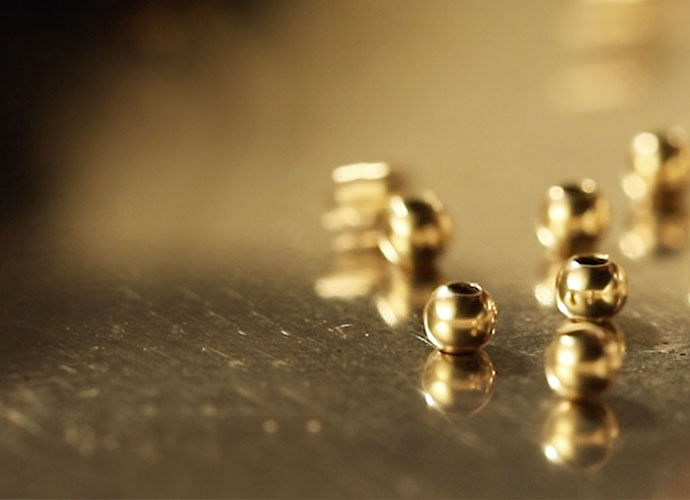 Find A Store Near You
Find A Store Near You
The metal in an engagement ring is the foundation that anchors the ring. Gabriel & Co. offers various types of metals that will fit any style, skin tone and budget. Our precious metals of platinum, white gold, yellow gold, rose gold and even two tone, follow the highest standards of quality. The metal that suits your fiancé depends on her style and your budget, so consider these two points to make the best choice for her ring’s precious metal.
Platinum is a coveted metal because its durability allows for easy and lasting engraving. Platinum is a real white metal so its color will never fade. A platinum ring will look the same in 40 years as it does today. It is a hypoallergenic metal, making it the best choice for sensitive skin. Platinum is 4 times more durable than gold and 30 times more rare, so it can be more expensive and heavier than gold.
White Gold has risen in popularity because it looks like platinum but is substantially more affordable. White Gold’s hue comes from mixing yellow gold with other metals like zinc, copper, or silver for a natural and dazzling companion to white diamonds. White gold can wear away over time and display a yellowish hue (from the yellow gold it is mixed with), so get it re-plated and restored every 4 years to return its original shine.
The most traditional metal for jewelry, and the most popular, is yellow gold. Pure yellow gold is too soft for jewelry use, so it is combined with other metals to increase its durability. Gold acts as a good conductor for heat and electricity which prevents heat, moisture, oxygen from affecting it. When looking at yellow gold, verify it is real gold by looking for the karat stamp. Gold’s natural beauty comes from its high value, high density, and its ability to easily be formed into a finished piece.
Rising in popularity almost as fast as White Gold, Rose Gold is yellow gold mixed with copper. People adore Rose Gold because its hue (ranging from rosy to pink) reminds them of a vintage and romantic past. Not only does the copper mix provide a colorful personality, it makes it more durable than white or yellow gold. However, this copper mix should be avoided by anyone with an allergy or sensitivity to copper.
Pure silver is a softer metal and is too soft to be used in jewelry making. Because it is more susceptible to scratching and every day damage, it's combined with other metals such as copper to create sterling silver in order to boost its strength. Though sterling silver is much harder than pure silver, it can still be scratched fairly easy. The tones of sterling silver can range from bright white to grayish white, and can have a matte or shiny finish. Sterling silver must contain at least 92.5% pure silver, which is why it's stamped as .925 Sterling silver.






















